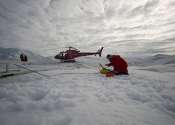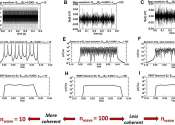Common loons threatened by declining water clarity
The Common Loon, an icon of the northern wilderness, is under threat from climate change due to reduced water clarity, according to a new study authored by Chapman University professor, Walter Piper. The study, published ...









